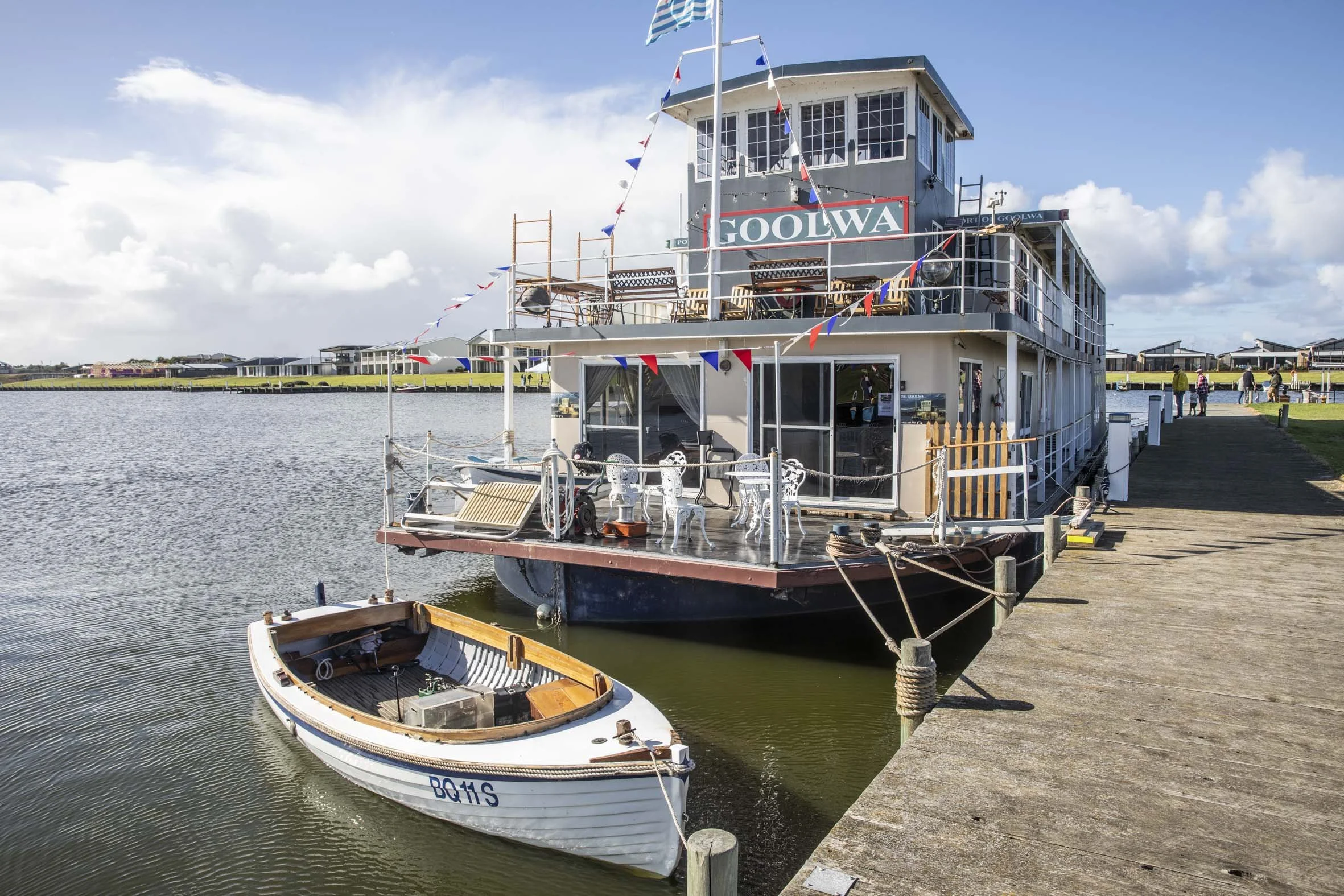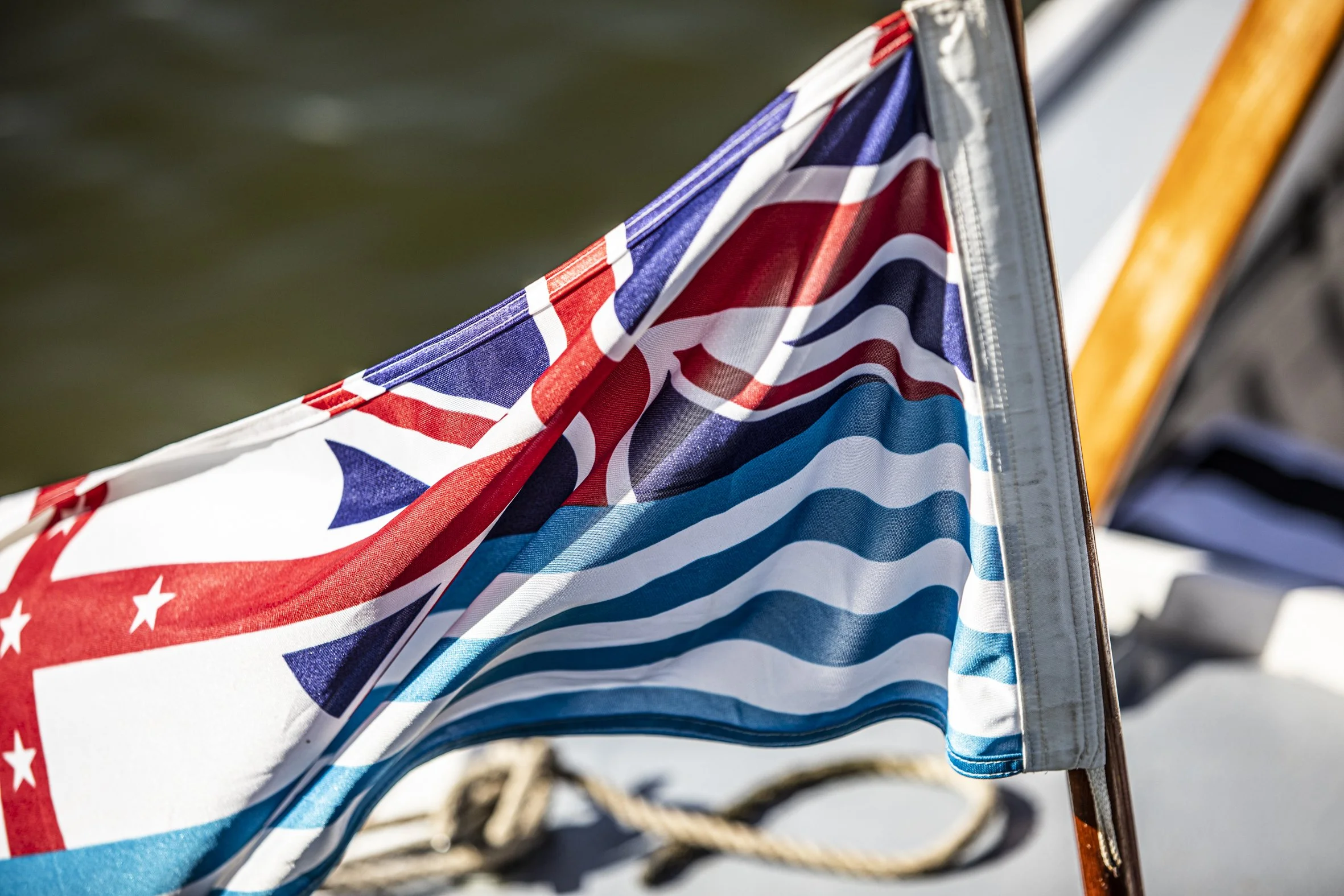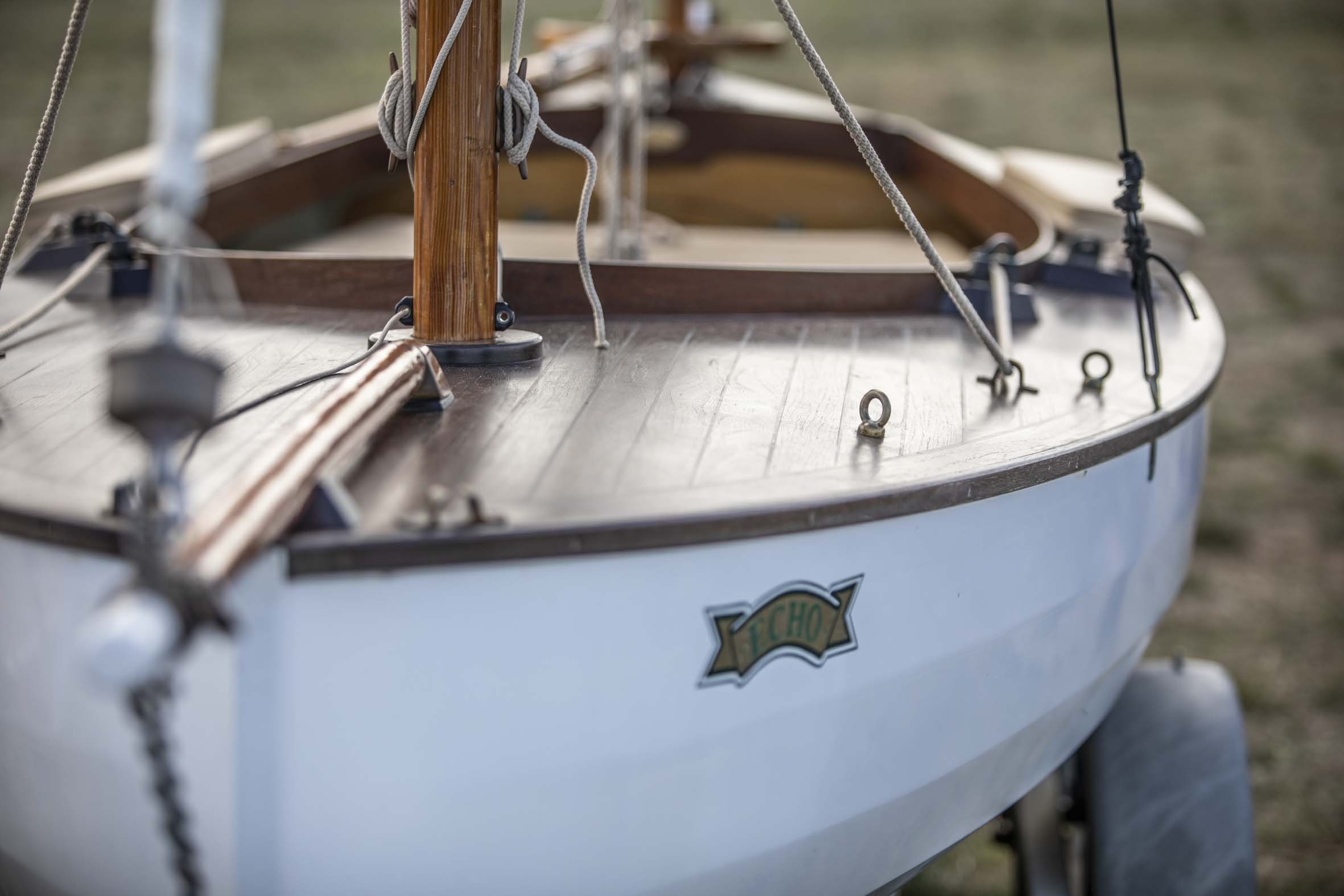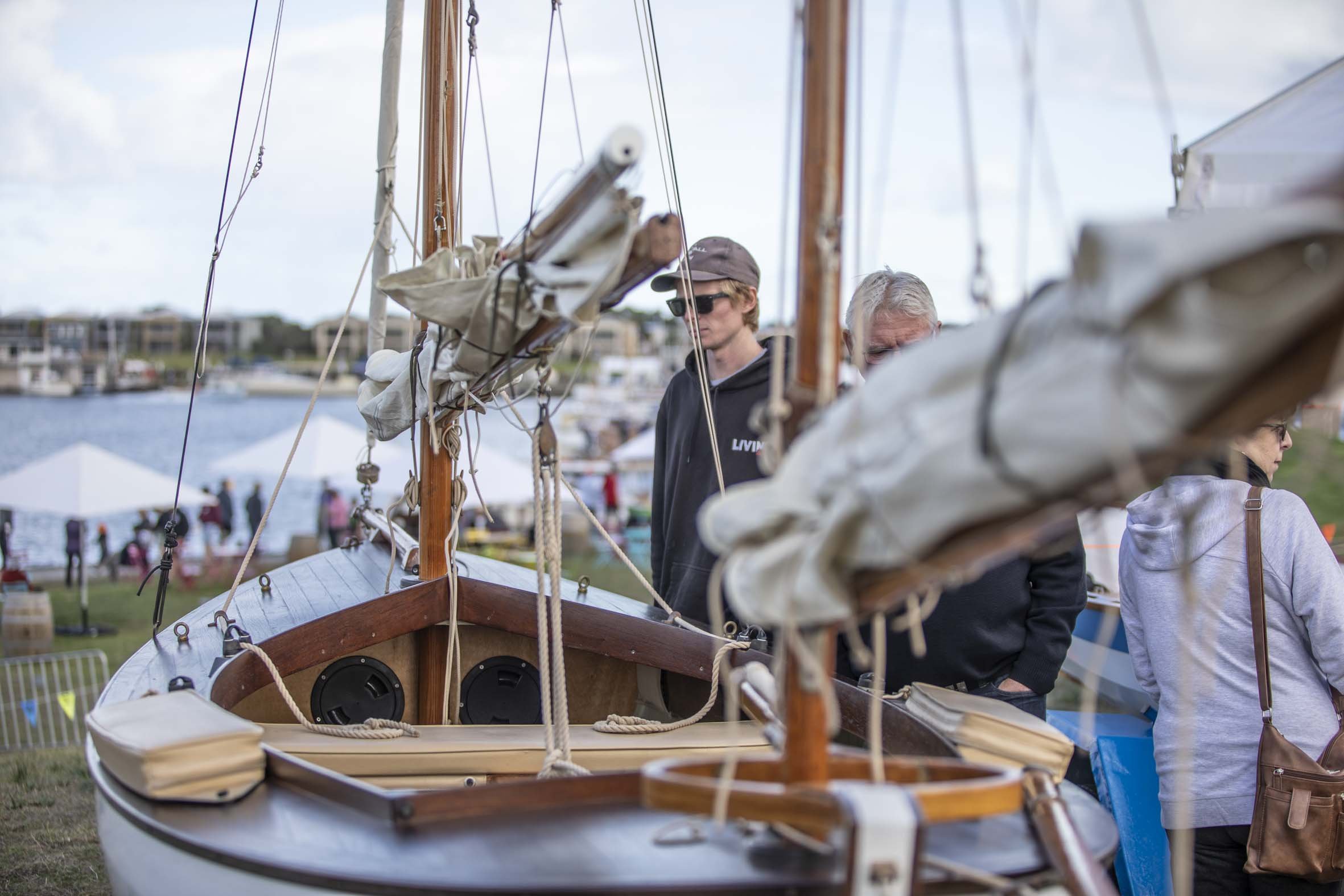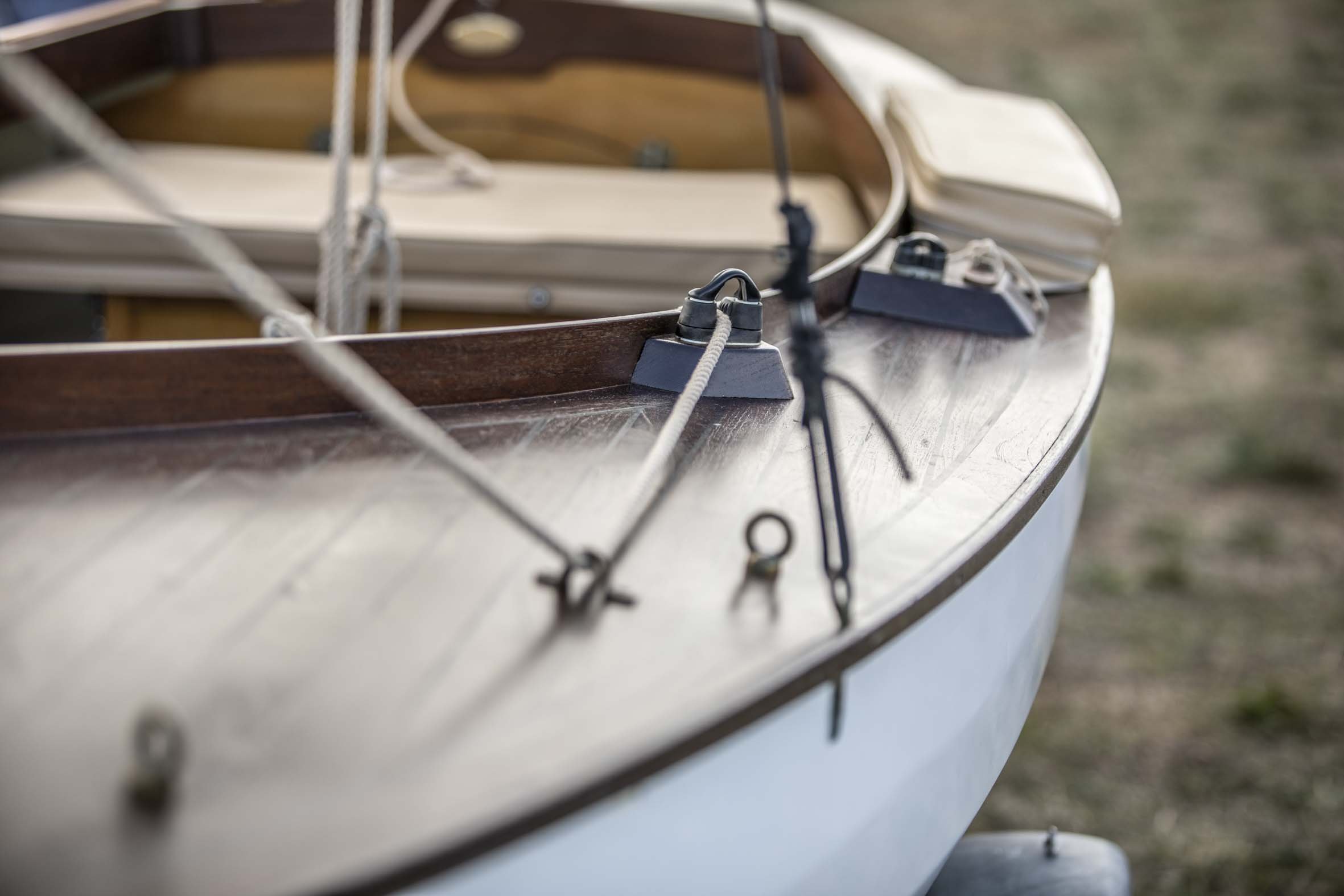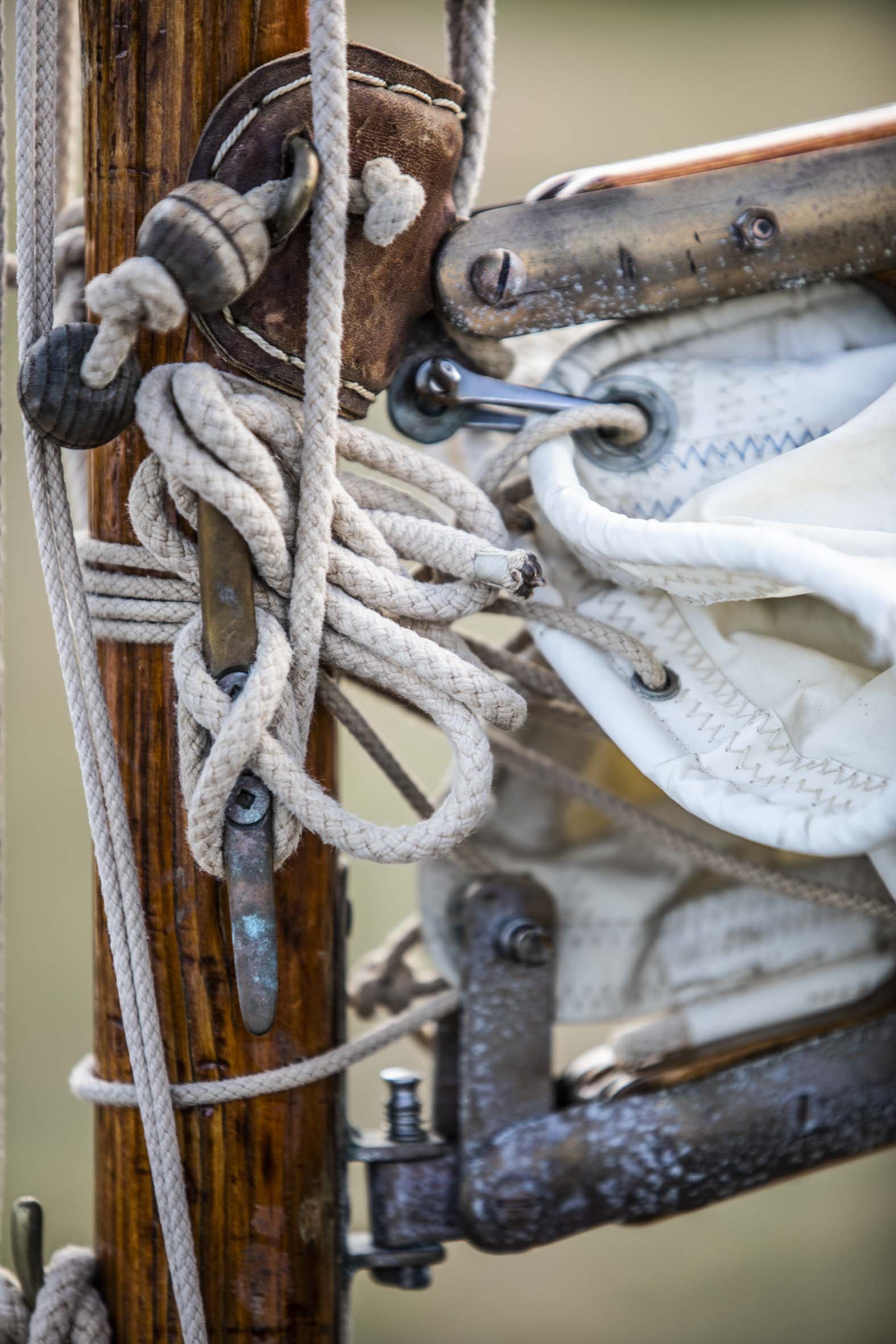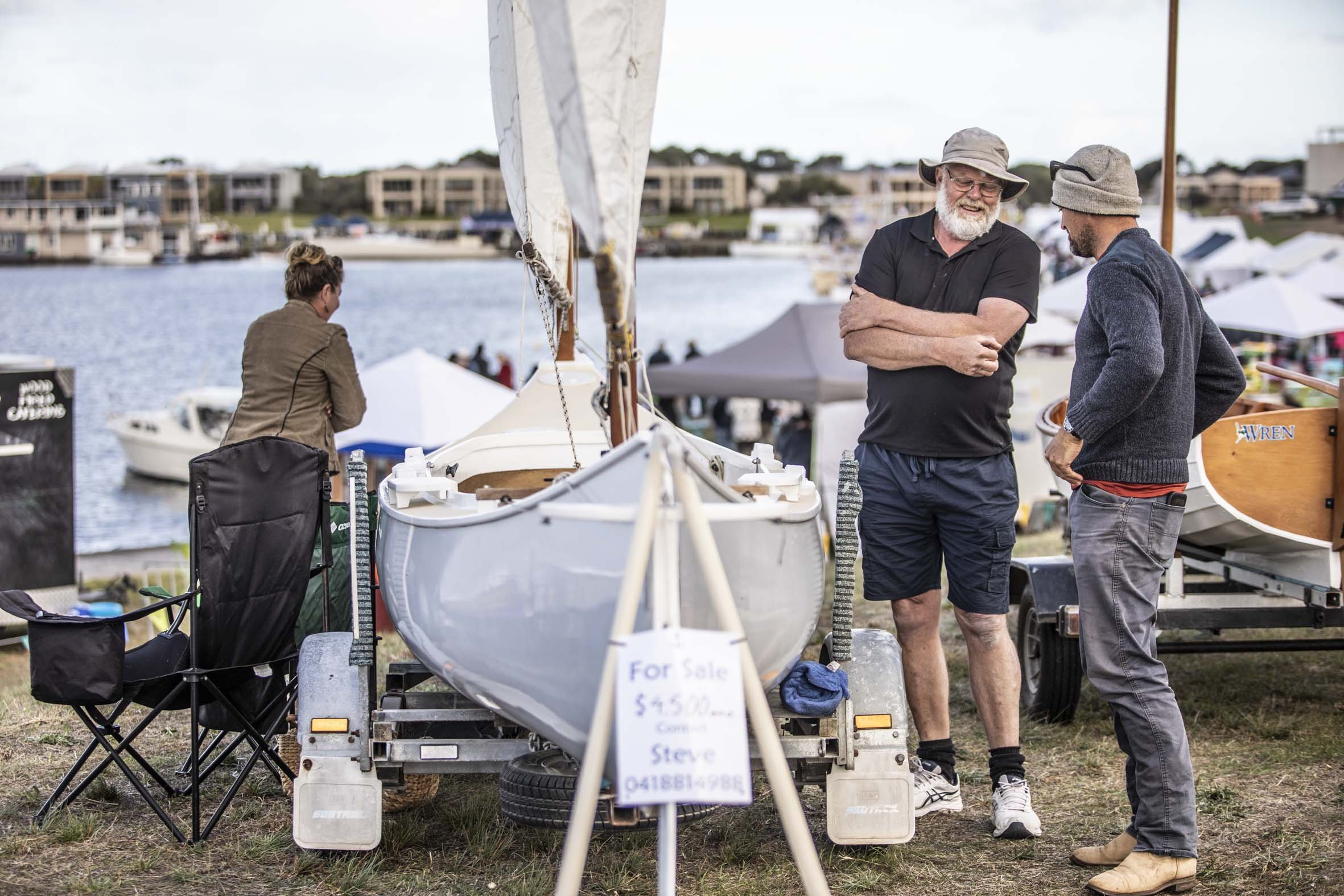SAWBF-A view from the outside
Last weekend we made the eight hour road trip from Melbourne to Goolwa for the South Australian Wooden Boat Festival. Eight hours sounds like a long journey, but once the cruise control is engaged, it’s a relaxing break from the freneticism of daily life. Depending on your schedule there’s also plenty to break up the trip. Silo Art at Coonalpyn, the Pink Lake near Dimboola, and the wineries at Langhorn Creek.
But we weren’t going to South Australia for art, landscapes or wine. We were going to experience the 17th biennial South Australian Wooden Boat Festival held in Goolwa near the mouth of the Murray. I had been to Goolwa once before but it was a couple of decades ago and I was looking forward to understanding a little bit about the particular craft of the area and how they relate the idiosyncratic geography of the region.
Let’s start with a little history.
Goolwa, during its heyday from the 1850s to the 1880s, was one of Australia's most important river ports dominating South Australia's intercolonial river trade with Victoria and New South Wales. It was originally intended to become the 'New Orleans of Australia' because of its location at the mouth of Australia's one system of navigable inland rivers. This dream never came to pass. Goolwa functioned as a river port from 1854, sending river goods at first by horse tram to Port Elliot, then later by steam train to Port Victor. But after the Morgan to Port Adelaide railway opened in 1878, the river trade on the lower reaches dwindled. Goolwa never became more than a small regional town with an economy based on transport and light industry. An immediate stimulus for the development of the river trade was the construction of the single track horse-powered tramway between Goolwa and Port Elliot, opened in 1854, as an alternative to navigating the treacherous Murray Mouth. It is now acclaimed as Australia's first public iron-tracked railway. In 1864 the tramway was extended four miles to Port Victor as Port Elliot proved to be unsafe following a series of shipwrecks. The original Goolwa wharf, built in 1852 was extended in 1866 and rebuilt in 1874. With the enormous increase in the volume of trade, Goolwa became the nexus in a cargo transport system between the river and the sea. Paddle steamers towed barges carrying supplies to upriver markets and returned laden with wool. Like other thriving country towns, Goolwa's industries included breweries, a saw mill and a flour mill, as well as an industry which was virtually unique, that of shipbuilding and repairs. Goolwa was the first Australian river port where vessels were built and became the second most productive after Echuca in Victoria. Between 1853 and 1913, thirty seven paddle steamers and twenty three barges were built at Goolwa.(From South Australia’s State Heritage Branch)
So Goolwa has a unique maritime history that is intrinsically linked to its geography. A destination for the rich produce coming from the farms of that vast inland wealth machine of the Murray Basin. The river was the super highway and the town was the distribution hub operating initially (and precariously) through the almost unworkable Murray mouth and then later via Port Elliot and Victor Harbor. And of course this geography is the driver of the thing that readers of this article will be most interested in, the fleet of wooden boats that congregate every other year for the SAWBF.
April 1929, at Goolwa Wharf, with crowds standing around the paddle steamer on the wharf, a steam train just arrived, and rail trucks in the foreground.
It’s at this point that we probably have to address the elephant in the room… the location of the 2023 Festival. The previous 16 festivals have been based around the wharf area at Goolwa. This location reeks of history, sandwiched between the old (and still active) railway and the mighty Murray. Its a brief stroll to the limestone buildings of the main street and the port area is enriched with a distillery and sensitively understated cafes. From what we could see the wharf was still in full use with large paddle steamers tying up and other commercial craft coming and going.
However the festival was no where in sight. If you wanted to find the 100’s of beautiful craft on display you had to walk for 40 minutes across the Hindmarsh Island Bridge, along a busy highway, through a soulless modern hosing development, down to a bleak man made canal system. I feel for the organisers. The reason given for moving the festival this year, was that the wharf area at Goolwa needs work. This is no doubt true but at the time we were there, the wharf was in use with full public access and mooring available. I’m sure the decisions to take the festival out of its natural environment and place it amongst “canal side living” were made with good intentions, but for me it didn’t work. Our craft are so intrinsically linked to the environments that created them, that when you remove them and display them amongst the ugliness of a modern housing development, they become little more than ephemera.
The empty berth’s where the SAWBF is meant to be
I realise I’m sounding negative here, and there would be many people who gave freely and generously of their time to make the event happen. Their work was not in vain. There were many good things about the two day event but the location was not one of them. The 2025 event is advertised as returning to the Goolwa Wharf. I can’t wait!
The Craft
The Paddle steamers are flagships of the Murray Fleet. They remind me of grand old ladies in bustle skirts. With their origins as working craft, (buses and lorries) they have now retired gracefully into their dotage, giving off an air of serenity and affluence. If you want to know more, there are plenty of people way more qualified than me to relate the history of these craft.
OSCAR W was built in 1908 by Franz Oscar Wallin at Echuca. He named the vessel after his son Oscar whom he no doubt hoped would continue his shipping business
The motorboats were an eclectic collection ranging from Halvorsens to backyard built house boats. The protected water of the Murray means that the designs tend more towards volume and comfort rather than seaworthiness and that’s as it should be given the exploration opportunities between the Murray mouth and Mildura.
Little is known about the flag's early history of The Murray River Flag by vessels that ply the waters of the Murray-Darling river system.
The racing sailing boats of the river have a long and interesting history. The Goolwa Regatta Yacht Club was formed around August 1854, and less than 18 years after European settlement of the then Province of South Australia. It organised an annual regatta featuring various types of water sports between members of the fishing fleet based at Goolwa and those of the whaling fleet at nearby Victor Harbour. The regatta grew to be a highly popular outing for spectators and participants alike, attracting both locals and visitors from Adelaide.
Goolwa’s current fleet of Vintage day sailing boats and Restricted 21 Class yachts are something special. They have been joined by a couple of Derwent Class yachts from Hobart and recently the ex-Sorrento Div 1 Couta Boat the LEEUWIN. It’s an amazing fact of river life that these boats have survived and continue to thrive at Goolwa, rescued from around Australia. These yacht are never treated like classic collectibles – they are raced most weeks year round in mixed company against modern fibreglass and even carbon fibre yachts.
A series comprising three races was run during the Festival and won by the 21 ft Restricted Charlie Peel Designed NERANA (1932). Here she is winning the 1953 Forster Cup! Full results HERE
A quick word on my personal favourite vessel of the weekend… A little Canoe Yawl called ECHO. It was on a trailer beside the public toilets… blink and you would have missed it. But once you pay attention it was hard not to be in awe of the thought and craftsmanship that had gone into her construction. Every fitting and feature was at the same time entirely practical and uncompromisingly elegant. A little research shows her design is based on a 1880’s English craft called ETHEL by George Holmes’. In my humble opinion… best in show! (Click to enlarge)
The drive back through Western Victoria gave me ample time to ruminate over what works and what doesn’t at these wooden boat festivals. In the last 14 months I’ve been to Geelong, Hobart and now Goolwa.
There are plenty of things that can improve a festival. Inclusivity, instruction, participation, music, food, story telling and sailing opportunities to name a few. Introspection at the right time is a good thing and tweaking these offerings will change the shape of an event… marginally.
But these events should be centred in the historical environment that created the boats. The AWBF surrounds Constitution Dock for a reason. The Douarnanez Festival in France is in the home of Britany’s traditional sailing culture. A bleak housing development on Hindmarsh Island is not the right place. I can’t wait to come back to Goolwa… and walk amongst these special craft when they are back where they belong.
GALLERY OF IMAGES









